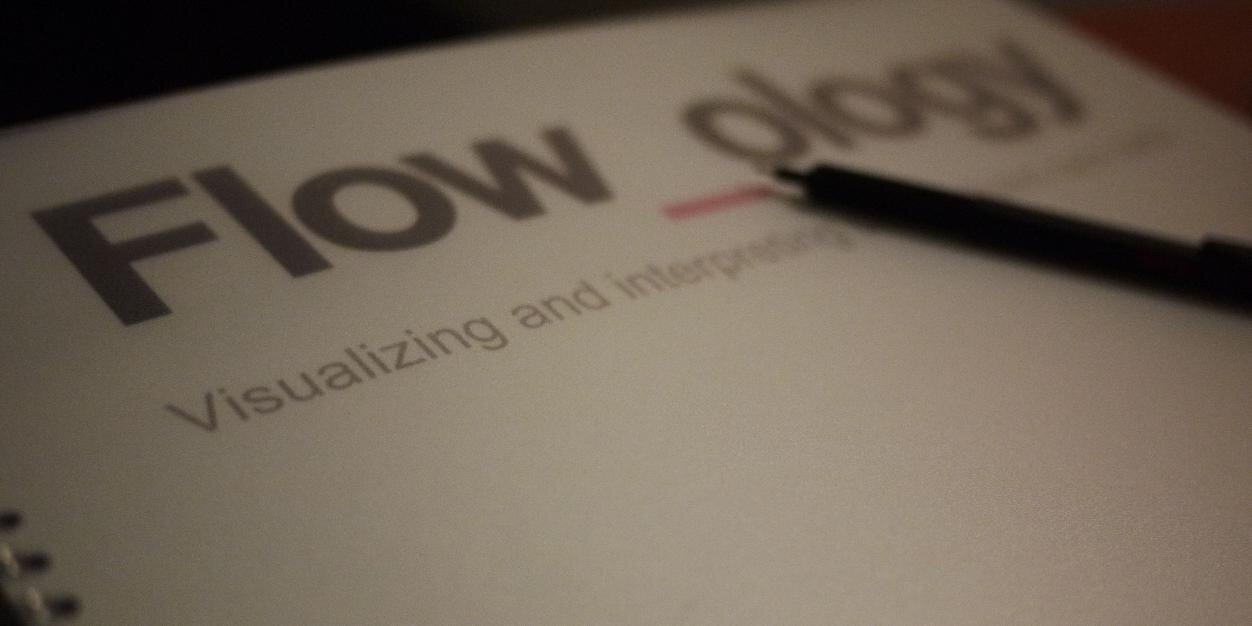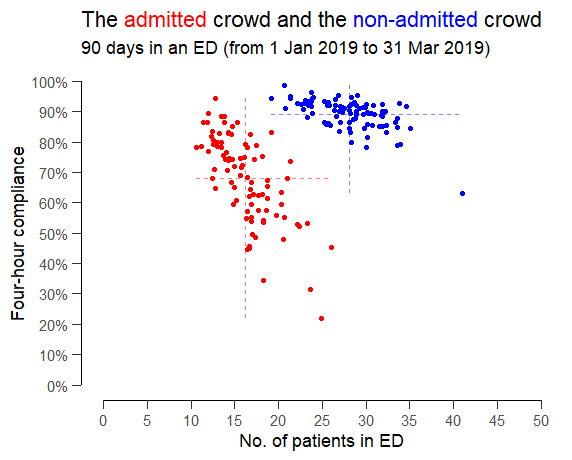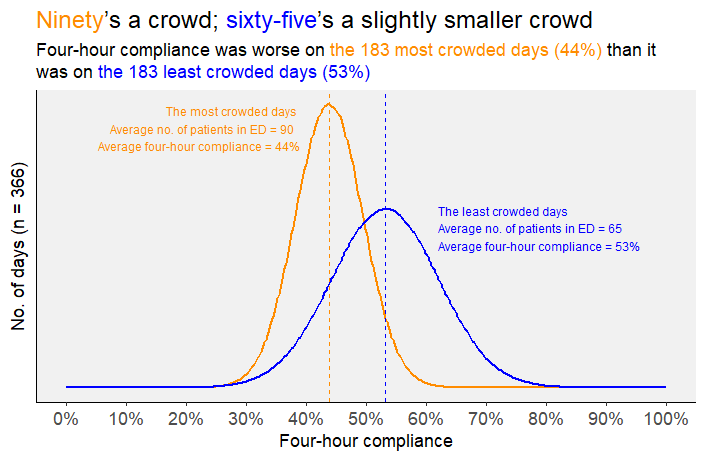
Neil Pettinger
@kurtstat
Designs learning materials. Drives up and down motorways. Dissects health service data. Delivers training courses. Draws graphs.
It’d be a tough pub quiz question but it’s a worthy pastime for a long road trip, however AI @grok is incredibly bad at answering this one, despite me asking previously and coaching it to the correct answer.
Someone suggested exploring the relationship between ED crowding and four-hour compliance but splitting the patients into (red) admitted patients and (blue) non-admitted patients as if they were two completely separate queues that didn't interact with each other. #rstats #ggplot2

Testament to the commitment and sheer hard work of @EdinburghEM and the teams across the front door of the RIE ⭐️@BottomCallum @MiddyRay @davermckean
Look what can happen (in the blue shaded area on the right hand side of the chart) when a health and care system engages with patient flow...
But it is also really pleasing to see the effect that massively reducing delayed discharges has had on patient flow in the hospital and therefore care in the ED. @Edinburgh_CC have done a really excellent job @EdinburghHSCP
The benefits of a data driven, systems approach and lots of hard work by @NHS_Lothian and their partners
Look what can happen (in the blue shaded area on the right hand side of the chart) when a health and care system engages with patient flow...
Look what can happen (in the blue shaded area on the right hand side of the chart) when a health and care system engages with patient flow...

Another attempt to visualize the difference that ED crowding makes to four-hour compliance. I've 'smoothed out' the distributions (so that they're both 'perfect' Normal curves) to try to make the point clearer. The means and standard deviations are real, though. #rstats #ggplot2

I've just realised that what I'm droning on about here (in relation to maps) is what @brucejgray was pointing me to (much more concisely!) last month! x.com/brucejgray/sta…
There’s a bit in this newsletter that makes the point that in the early 16th Century, the vast majority of people had never seen a map, and Geography wasn't taught in schools. 1/9
Here's @mrianleslie again. This time on "cognitive avoidance”: the habit of inhibiting the processing of threatening information by directing attention to something safer. Instead of confronting what daunts us we turn towards the problems we know how to handle.…